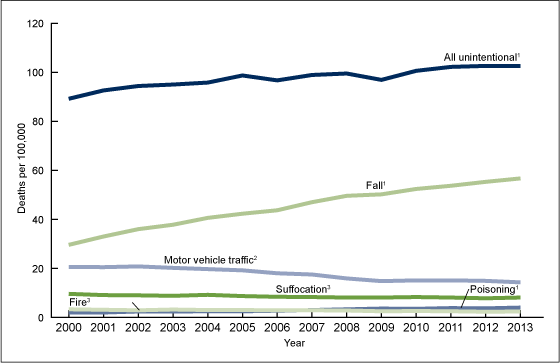
Figure 2. (above) Age-adjusted death rates, by cause of death among adults aged 65 and over: United States, 2000–2013
The Centers for Disease Control released a sobering report on mortality due to falls and other unintentional injuries in older adults. The good news: death from motor vehicle accidents has fallen since 2000, and death from other unintentional injuries such as suffocation, fire, and poisoning remain relatively rare. The bad news: between 2000 and 2013, the age-adjusted rate of death from falls in older adults nearly doubled, from 30 deaths per 100,000 adults to 57 deaths per 100,000 adults. Among adults at the upper reaches of age, the death toll from falls is even more striking. In 2012-13, there were 226 deaths due to falls per 100,000 adults.
While concerning, these numbers only scratch the surface of the total burden of falls in older adults. According to the CDC, in any given year, one in three older adults will have a fall, and 20-30% of adults who fall will suffer a moderate or severe injury. These injuries and the fear of falling can have profound impacts on quality of life and subsequent morbidity and mortality. As a results, the total mortality burden from falls likely far exceeds the immediate risk of fall-related death cited in the CDC’s latest report.
Why are fall-related deaths increasing? The answer likely is complex, and includes changes in the distribution of underlying chronic illnesses as well as better reporting of falls as a contributor to death. Whatever the cause, more action is needed, and emerging initiatives and interventions – such as a falls reduction program being studied by a consortium of Pepper Centers – will be vital to the solution.
by: Mike Steinman



